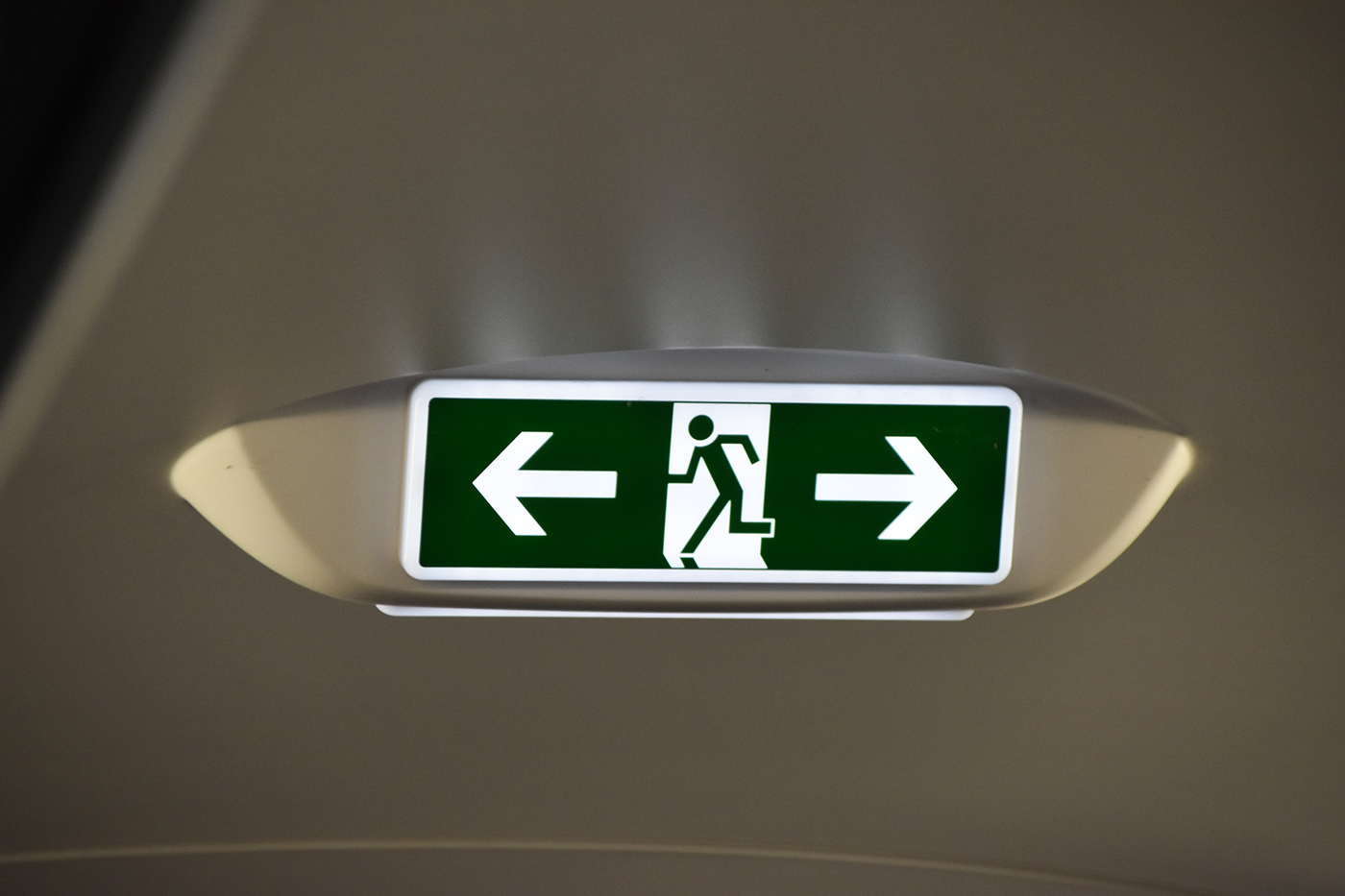8 Common Q/A You Need To Know About Tactile Solutions

The purpose of this post is to answer almost every question that is frequently asked by people regarding emergency exit signs and tactile solutions.
So, without any further ado, let’s get started!
Question 1: What is the purpose of a tactile warning?
Answer: Tactile warning, aka, ADA tactile surfaces and detectable warning surfaces – are specialized textured surfaces that help impartial visually-challenged or blind people to navigate easily by feel using their feet or a cane.
Question 2: Where are tactile warning strips required?
Answer: Detectable warning surfaces are strips of raised, small, color-contrasting on pedestrian ramps. They are required to be installed as per Americans with Disabilities Act (ADA) to be installed at street or road transition points, sidewalk, railway platforms, public buildings, etc.
Question 3: How is tactile paving made?
Answer: Tactile paving is typically made of hard material like heavy duty polyurethane, stainless steel, concrete, ceramic or other durable substance.
Question 4: What are the 6 types of tactile paving?
Answer: The following are the 6 types of tactile paving:
•Blister Paving.
•Offset Blister.
•Hazard Warning.
•Cycleway Paving.
•Directional or Guidance Paving.
•Lozenge Paving.
Answer: The following are the 6 types of tactile paving:
•Blister Paving.
•Offset Blister.
•Hazard Warning.
•Cycleway Paving.
•Directional or Guidance Paving.
•Lozenge Paving.

Question 5: Are truncated domes required at driveways?
Answer: The DSC design standard is to require the detectable warnings on curb ramps in walks that continue across a street. They are not required at curb ramps in parking lots.
Question 6: How do blind people read?
Answer: It is a tactile code enabling blind and visually impaired people to read and write by touch, with various combinations of raised dots.
Question 7: What is the minimum sidewalk width ADA?
Answer: For ADA compliance, the minimum sidewalk width is 36 inches (3 feet), though sidewalks can be wider.
Question 8: Where should truncated domes is placed?
Answer: Truncated domes within detectable warning products are required to align perpendicular or radial to the grade break between the ramp, landing or blended transition and the street.

